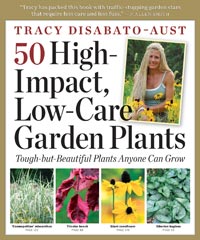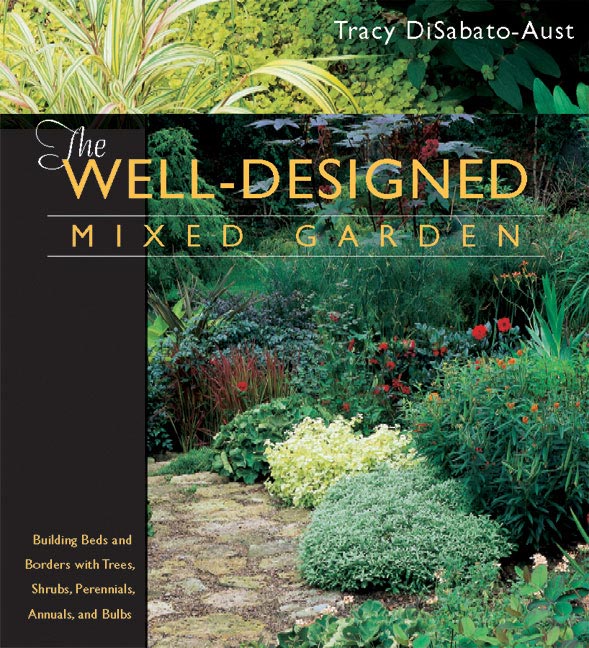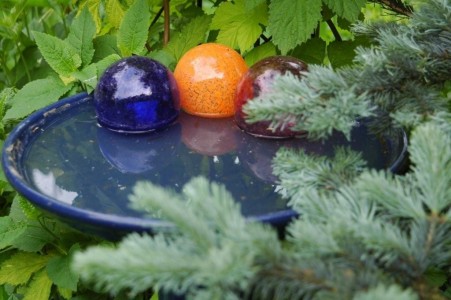
There are so many fun and creative holiday gifts you can give to the gardener in your life. Of course we gardeners love plants but then there are also all the tools we use, the beautiful containers we adore, the books we read, the lotions we need for our working hands and ailing nails, and what about art supplies—that’s right—art supplies to keep our creative juices flowing over the long winter months. Here are some gift ideas from the “Queen of Deadheading” that are sure to please your favorite gardener. (Note fellow gardeners: Feel free to forward this information to your family and friends to avoid those unwanted non-gardening gifts!)
Plants: Buy gift certificates to local garden centers or go on-line to mail order from specialty nurseries. Wonderful and often unusual plants can be found at Klehm’s Song Sparrow Nursery www.songsparrow.com , Heronswood Nursery www.heronswood.com , and Wayside Gardens www.waysidegardens.com
Tools: Stainless Steel Red Handled Trowels are fantastic and relatively obscure so probably a safe gift for the gardener who has everything. www.brentandbeckysbulbs.com B & B also carry another favorite of mine: Garden Knife with Sheath.(see photo in my blog on Pruning for Winter)
Supplies: Looking for all things ORGANIC? Peaceful Valley Farm & Garden Supply is where I turn for safe pest control but they carry a bit of everything including organic seed. They are offering beautiful gift cards with hand written messages-cool! www.GrowOrganic.com
Garden Accessories: Birdbaths, birdfeeders and bobbles…Oh my! Bobbles add color and charm to any scene (photo) check out great bobbles, gardening tree ornaments, and accessories at www.gardenartisans.com and www.SmithandHawken.com . Or how about a beautiful accent light fixture made out of copper that looks like a wildflower? See photo on page 131 from my book The Well-Designed Mixed Garden. Visit www.escortlighting.com
Books: I hope you will consider a gift certificate for my upcoming new book: 50 High-Impact, Low-Care Garden Plants, Tough But Beautiful Plants That Anyone Can Grow. (January release) If they don’t already have Well-Tended Perennial Garden & Well-Designed Mixed Garden perhaps they deserve all three! Other titles I love are Plant Driven Design: Ogden/Springer-Ogden, Restoring American Gardens: Denise Adams, and Grasses for Livable Landscapes: Rick Darke. Thanks to popular blog “Lilacs and Roses” for recommending one of my books as a favorite gift. Read it here.
Clothing: Look for fun and colorful garden/rain boots at most shoe stores.
Beauty Aids: My favorite for years now is Gardeners Hand Therapy Cream, by Crabtree & Evelyn.
Professional Memberships: Consider giving the gift of membership into groups such as The Perennial Plant Association www.perennialplant.org ,The American Horticultural Society www.ahs.org , or The Royal Horticultural Society in the UK www.rhs.org.uk Informative magazines accompany membership!
Art Supplies: Gardeners are artists. Help inspire their creativity and use of color by giving them a set of watercolors, colored pencils, fine-tip ink markers, or pastels. Include a book such as The Tao of Watercolor: Jeanne Carbonetti or Creating Textures in Pen & Ink with Watercolor: Claudia Nice (both have nature/plant inspired examples)
Games: Garden-opoly
For Kids: Consider giving the gift of gardening to a child rather than a video game. Tool sets, Window Sill Seed Starters or Mushroom Gardens foster family interaction and an appreciation for nature and the environment. www.parkseed.com
Thanks, Smith & Hawken! Thanks to all the wonderful staff at Smith & Hawken, Easton Town Center, Columbus Ohio who loaned me the beautiful and functional gifts for my “Gifts for the Gardener You Dig” segment on NBC 41’s Daytime Columbus with Gail Hogan. I hope lots of gardeners are lucky enough to find one or two of these great gifts under the tree Christmas morning.
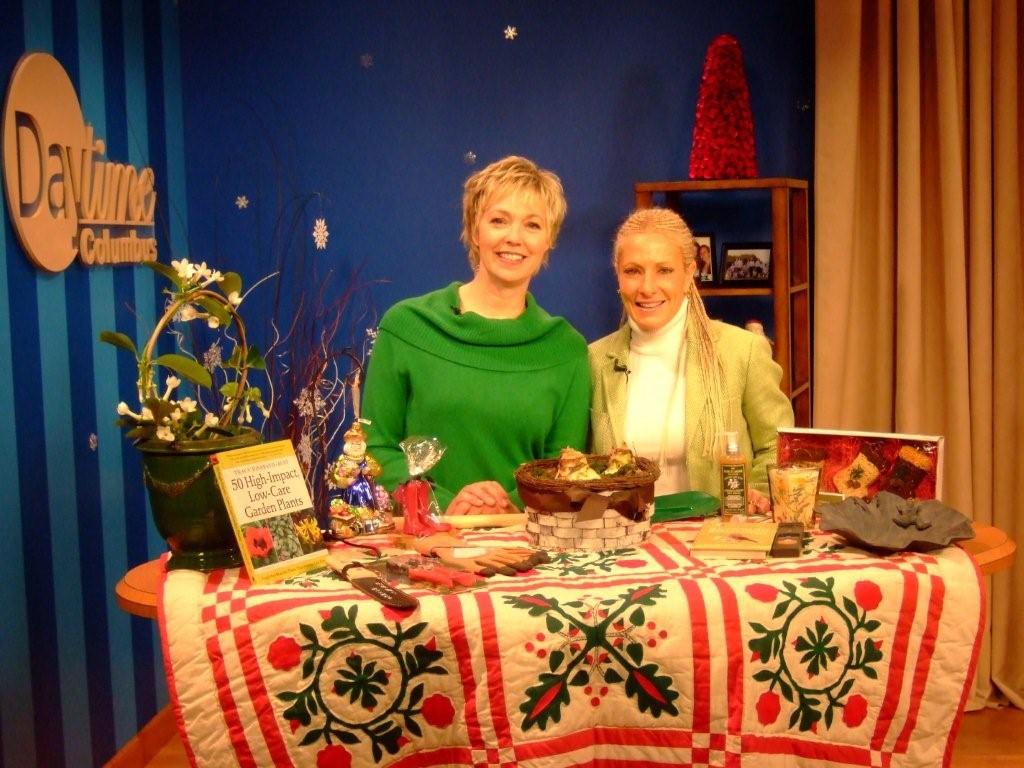
HAPPY HOLIDAYS!
Tags: Christmas gifts
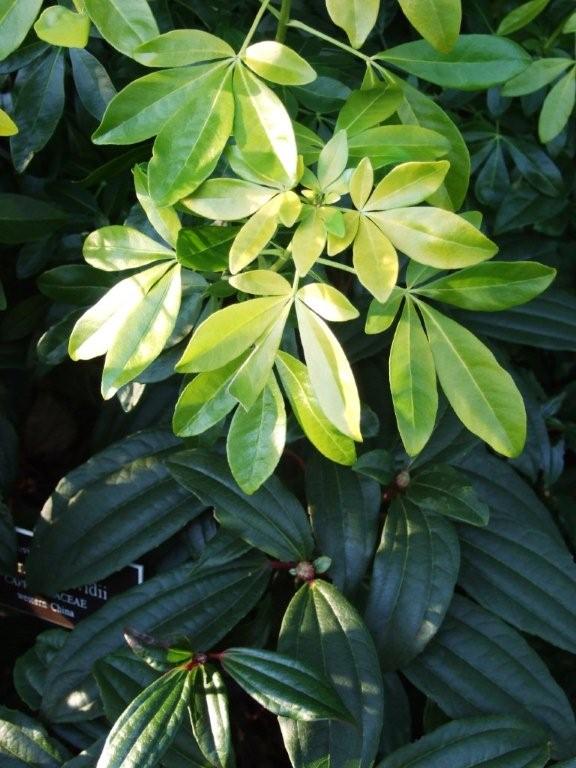 Some of you asked what else I enjoyed at NYBG during my visit and I have to say one of my favorite areas is the Ladies Border. Both the Perennial Garden and the Ladies Border have been designed and overseen by the talented garden designer Lynden Miller since 1987. It seems anything Lynden touches I adore including the Conservatory Garden in Central Park and Bryant Park. A particularly striking combination in the Ladies Border was between golden Mexican-orange blossom (Choisya ternata ‘Sundance’) and David viburnum (Viburnum davidii). (photo) Important to note is that the Ladies Border is south facing and protected, and features half-hardy plants not normally grown outdoors in New York. The garden is hardiness zone 6a and 6b. The Choisya is zones 8-10 and the Viburnum is zones 7b to 9. It appears zone-denial is working in this case.
Some of you asked what else I enjoyed at NYBG during my visit and I have to say one of my favorite areas is the Ladies Border. Both the Perennial Garden and the Ladies Border have been designed and overseen by the talented garden designer Lynden Miller since 1987. It seems anything Lynden touches I adore including the Conservatory Garden in Central Park and Bryant Park. A particularly striking combination in the Ladies Border was between golden Mexican-orange blossom (Choisya ternata ‘Sundance’) and David viburnum (Viburnum davidii). (photo) Important to note is that the Ladies Border is south facing and protected, and features half-hardy plants not normally grown outdoors in New York. The garden is hardiness zone 6a and 6b. The Choisya is zones 8-10 and the Viburnum is zones 7b to 9. It appears zone-denial is working in this case. Recently I had the pleasure of visiting the New York Botanical Garden with close friend and fellow author, Denise Adams. It was a blustery day but my spirits were lifted when I saw numerous plants, that I feature in my new book
Recently I had the pleasure of visiting the New York Botanical Garden with close friend and fellow author, Denise Adams. It was a blustery day but my spirits were lifted when I saw numerous plants, that I feature in my new book 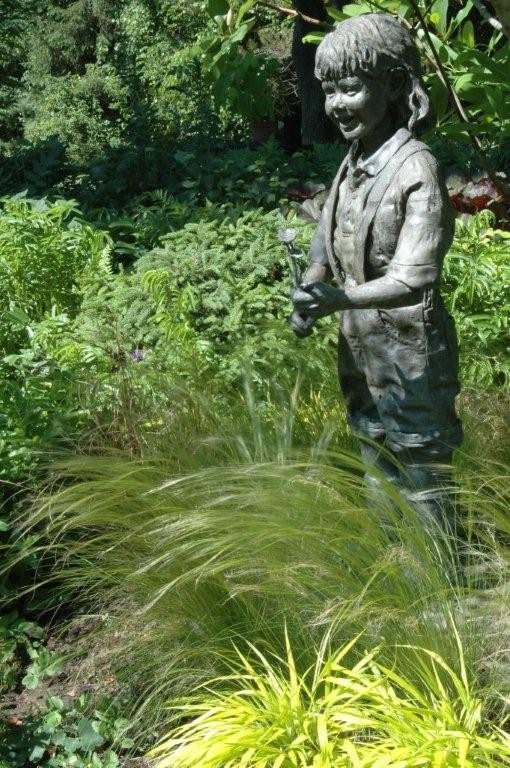 It’s happened to me! People have given my garden design/consulting services as a present. Of course I’m partial but what a great and unique idea!! (
It’s happened to me! People have given my garden design/consulting services as a present. Of course I’m partial but what a great and unique idea!! (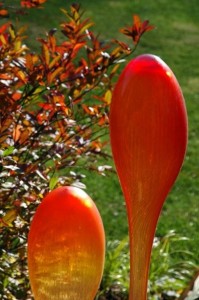
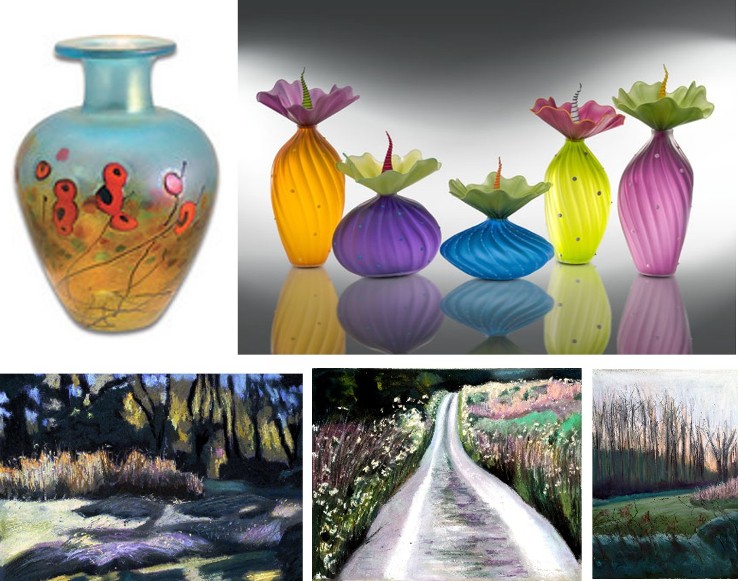


 r perennials or ornament grasses, don’t prune these plants now as the foliage may help protect their crowns from cold damage. We do prune plants that may become unsightly over the winter or that may reseed heavily. It’s also particularly important to prune any perennials that may have had disease or insect problems. Be sure to remove the pest ridden foliage from the garden to reduce incidence of trouble next season. My favorite tool for quick clean-up in the autumn is the Okatsune hedge shear pictured here along with some of my other favorite tools. For complete information on Pruning to Prepare for Winter see Chapter 12 of my book
r perennials or ornament grasses, don’t prune these plants now as the foliage may help protect their crowns from cold damage. We do prune plants that may become unsightly over the winter or that may reseed heavily. It’s also particularly important to prune any perennials that may have had disease or insect problems. Be sure to remove the pest ridden foliage from the garden to reduce incidence of trouble next season. My favorite tool for quick clean-up in the autumn is the Okatsune hedge shear pictured here along with some of my other favorite tools. For complete information on Pruning to Prepare for Winter see Chapter 12 of my book 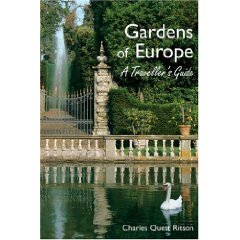 Duathlon World Championship in Rimini. Please go to my triathlon page if you would like to read more about this fantastic experience. When I wasn’t racing, eating (a lot) or sightseeing, I had the opportunity to visit two beautiful gardens in Florence-Villa La Pietra and Villa Gamberaia. These were highly recommended to me, as must sees, by Charles Quest-Ritson a friend, colleague, and author of the book Gardens of Europe. I was particularly struck by the breathtaking views of Florence from Villa Gamberaia. However I think I was just as touched by the tiniest gardens on the window sills, or patios of the Italian’s apartments and condominiums, as well as their small country gardens. In many ways I felt a strong spiritual connection in Italy — the home of my ancestor. Both my grandfathers who emigrated as children from Italy were avid gardeners and I attribute my love of gardening to them. My grandmother was an incredible cook—making her own pasta, sauces etc. (I didn’t get this trait!). My parents were both into fashion and shoes, which the Italians do so well!! I was definitely at home with these warm, friendly people who embrace everything about life.
Duathlon World Championship in Rimini. Please go to my triathlon page if you would like to read more about this fantastic experience. When I wasn’t racing, eating (a lot) or sightseeing, I had the opportunity to visit two beautiful gardens in Florence-Villa La Pietra and Villa Gamberaia. These were highly recommended to me, as must sees, by Charles Quest-Ritson a friend, colleague, and author of the book Gardens of Europe. I was particularly struck by the breathtaking views of Florence from Villa Gamberaia. However I think I was just as touched by the tiniest gardens on the window sills, or patios of the Italian’s apartments and condominiums, as well as their small country gardens. In many ways I felt a strong spiritual connection in Italy — the home of my ancestor. Both my grandfathers who emigrated as children from Italy were avid gardeners and I attribute my love of gardening to them. My grandmother was an incredible cook—making her own pasta, sauces etc. (I didn’t get this trait!). My parents were both into fashion and shoes, which the Italians do so well!! I was definitely at home with these warm, friendly people who embrace everything about life. 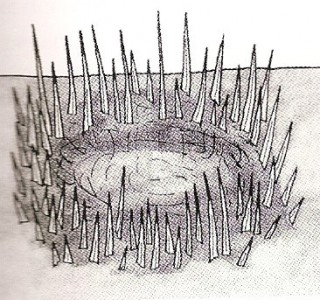
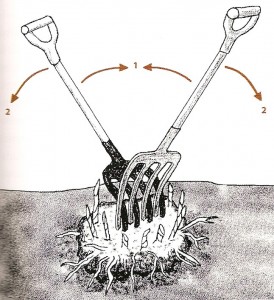

 llent weekend column in the Financial Times. I was honored that his most recent comments draw a little inspiration from some of my writing on the subject of “deadheading”. You can read his column by
llent weekend column in the Financial Times. I was honored that his most recent comments draw a little inspiration from some of my writing on the subject of “deadheading”. You can read his column by 
